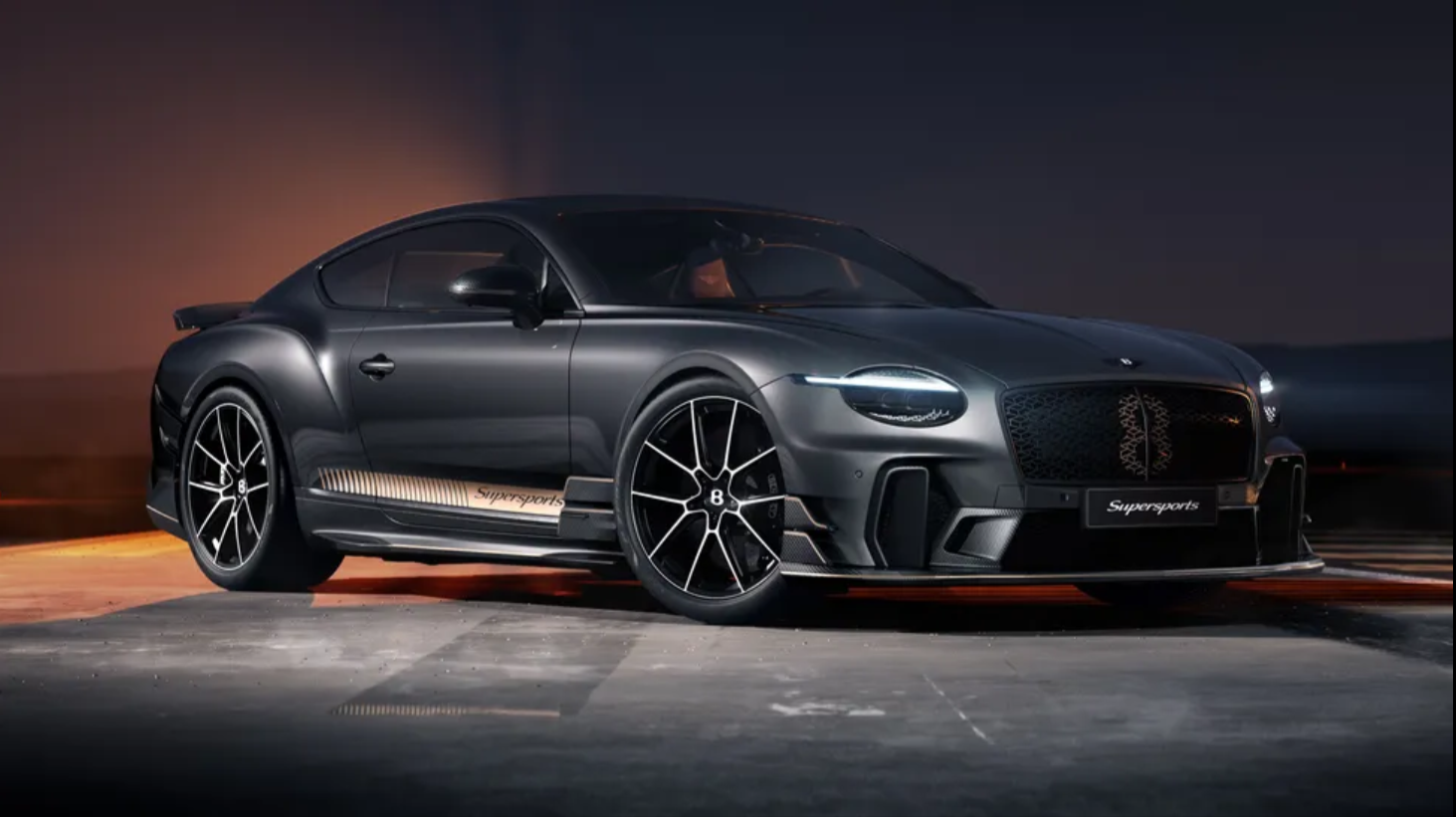The Discovery 5 is the biggest, most luxurious, most off-road handy Land Rover money can buy. Want even more than this? Then you’re into Range Rover territory.
Question is, why would you possibly want ‘more car’ than a Disco? It’s a true automotive Swiss Army knife, capable of taking seven full-grown humans further up a mountain, down a river or straight to The Savoy than pretty much anything. And for 2021, it’s been treated to new headlights, new bumpers, a fresh set of engines and much-needed new infotainment inside. As you can see, there’s a sportier R-Dynamic bodykit on offer, and 22-inch rims to disguise the vast bodywork’s bulk.
Compared to the old Disco 3 (and the Disco 4, which was really just a mild facelift), the fifth-gen car is a very different animal. No longer does a unibody chassis live on a separate frame, resulting in an obese kerbweight and predictably agricultural dynamics. The Discovery now calls an all-aluminium platform home.
The foundations are shared with the full-fat Rangie, though we’re told the materials used mean the kerbweight is down almost half a tonne. That said, this is still a machine that crushes small hills rather than climb them, so don’t expect Porsche-spec cornering prowess.
Though the Disco 5 is a mite narrower than the older version, it feels enormous from way up in the captain’s chair. Intimidatingly so. Land Rover is at pains to point out it considers the Disco a size up from the likes of the Volvo XC90 and Audi Q7, and the rearmost seats can cater to humans no longer wearing nappies. But, like the equally enormous Mercedes GLS, you’re going to need a very generous parking space. Wiltshire ought to do nicely.
But let’s say you bring oil tankers into port for a living, so the sheer size isn’t an issue. The new engines are a real step on from the motley collection that went before. Chief among the powerplants are a pair of 48-volt mild-hybrid-boosted straight-sixes. One’s a 360bhp petrol (the P360, helpfully), and guess what, the D300 is a 300bhp diesel. Hurrah for common sense badging. Entry level Discos gets four-cylinder power: either an existing D250 diesel, or a new P300 petrol, the only one which does without hybrid boost. All are allied to an eight-speed automatic as standard, with four-wheel drive (duh), and Land Rover’s confident claims the Disco can out-climb, out-wade and out-tow any rival under the sun.
We’ve tested versions of the two new six-cylinder Discoverys in R-Dynamic S and SE trim, to get the best possible idea of where the sweet spot lies.
One more thing before we set off: the looks. It’s fair to say the Disco’s featureless sides and lopsided rear end have made what was once a design classic a real Marmite car. And yet, despite redoing the interior, the engine line-up, the wheels, the seats and even the paint palette, Land Rover didn’t press new panels to disguise the Discovery’s slabby styling. They’re confident the way this car looks won’t put anyone off before they’ve climbed aboard and sampled its superpowers.
On the one hand, the Discovery is now so richly appointed inside, so deeply talented off-road and so downright massive it feels churlish to compare it to the likes of the Volvo XC90, Audi Q7 and BMW X5.
There’s so much Range Rover-ness about the Disco now, and it’s so massive and versatile, it feels like it belongs in its own subsection, where only truly authentic mud-pluggers, rather than lifestyle 4x4s, dare to tread. That said, be sure you really need the Disco’s deep reserves of off-piste talent and sheer dimensions before shunning those wieldier and more efficient rivals.
If your lifestyle demands such a roundly capable and roomy family car, there’s pretty much nothing else on Earth that’ll do so much, so well, as this extraordinary machine. It’s one of the wonders of the car world, truthfully. You probably don’t need one, but precisely because of that, you’re more likely to want a Discovery.
















.jpg)


.jpeg)

.jpeg)
.jpeg)

